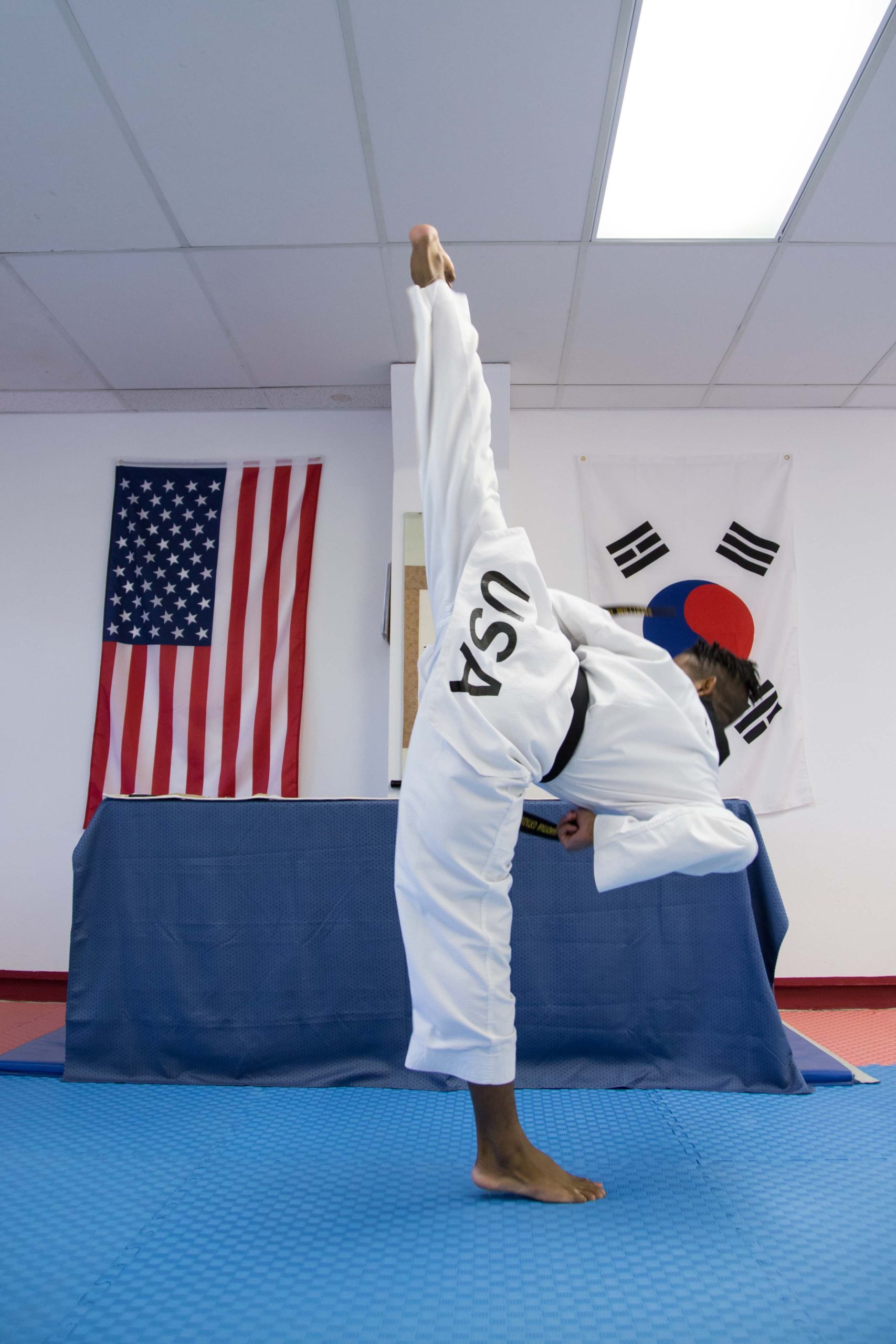
The Olympic Games, a global celebration of athleticism and unity, serve as a platform where sports from around the world are showcased. Among the myriad of events, taekwondo holds a unique place, combining centuries-old martial arts tradition with modern athletic competition. For families engaged in this sport, taekwondo’s inclusion in the Olympics is a testament to its global recognition and its values of discipline, respect, and perseverance. Understanding how taekwondo earned its spot in the Olympics can inspire young athletes and their parents, illustrating the profound journey of this martial art.
The Foundations of Taekwondo
Taekwondo’s roots are deeply embedded in Korean culture, evolving over centuries as a martial art focused on kicking techniques and self-discipline. The term “taekwondo” reflects its essence:
- Tae: Foot
- Kwon: Fist
- Do: Way or discipline
While influenced by indigenous Korean martial arts like Taekkyon, taekwondo also integrated elements from Chinese and Japanese martial arts during the 20th century. In 1955, under the guidance of General Choi Hong Hi, taekwondo was formalized as a unified martial art, promoting physical fitness and self-improvement.
By the mid-20th century, taekwondo became a cultural symbol of Korea, celebrated for its emphasis on both physical agility and moral character. It began transitioning from a self-defense practice to a structured sport, laying the groundwork for global recognition.
The Path to Global Recognition
For any sport to achieve Olympic status, it must establish an international presence and consistent standards. Taekwondo’s journey began with its global expansion in the 1960s and 1970s as Korean masters introduced the discipline to countries worldwide. This outreach sparked growing interest in taekwondo as both a martial art and a competitive sport.
The establishment of the World Taekwondo Federation (WTF)—now simply World Taekwondo (WT)—in 1973 was pivotal. WT created standardized rules, organized international competitions, and hosted the inaugural World Taekwondo Championships that same year. These efforts positioned taekwondo as a legitimate and organized global sport.
The Road to the Olympics
Taekwondo’s Olympic journey began with its inclusion as a demonstration sport at the 1988 Seoul Olympic Games, held in its country of origin. The sport’s dynamic kicks and captivating demonstrations gained international attention. It reappeared as a demonstration sport at the 1992 Barcelona Games, further solidifying its global appeal.
The turning point came in 1994, when taekwondo was officially accepted as a full medal sport for the 2000 Sydney Olympics during the 103rd International Olympic Committee (IOC) session. This milestone not only elevated taekwondo on the world stage but also highlighted its core values of discipline, respect, and cultural heritage.
Why Parents and Kids Love Taekwondo
The Olympics have inspired countless young athletes to pursue taekwondo, making it more than just a sport—it’s a tool for holistic growth. Here’s why parents and kids are drawn to the discipline:
1. Physical Fitness
Taekwondo provides a full-body workout that builds strength, flexibility, and endurance. The dynamic kicking techniques and agility exercises help children stay active and healthy.
2. Mental Discipline
Learning complex movements and poomsae (forms) enhances focus, memory, and problem-solving skills. The structured nature of training instills discipline and perseverance.
3. Character Building
Respect, humility, and integrity are central to taekwondo. The sport emphasizes moral values alongside physical skills, shaping children into well-rounded individuals.
4. Goal Setting
The belt-ranking system encourages children to set goals and work consistently to achieve them. Each belt earned is a tangible reward for their effort and dedication.
5. Community and Camaraderie
Taekwondo fosters a sense of belonging. Children train alongside peers, learning teamwork and building lasting friendships.
Inspiring the Next Generation
For parents, the story of taekwondo’s Olympic journey is more than a historical account—it’s a source of motivation for their children. The path to Olympic status mirrors the journey of every taekwondo student: perseverance through challenges, respect for tradition, and unwavering commitment to excellence.
Enrolling your child in taekwondo not only connects them to a sport with a rich legacy but also gives them the tools to succeed in life, both on and off the mat. Who knows? Your child might be inspired to dream of their own Olympic journey, fueled by the discipline and confidence they gain through taekwondo.
Written by AI & Reviewed by Clinical Psychologist and Head Coach: Yoendry Torres, Psy.D.
Disclaimer: Please note that some blog posts may contain affiliate links, and TKD Wellness will earn a commission if you purchase through those links at no additional cost to you. We use all of the products listed and recommend them because they are companies or products that I have found helpful and trustworthy. Our website is supported by our users.